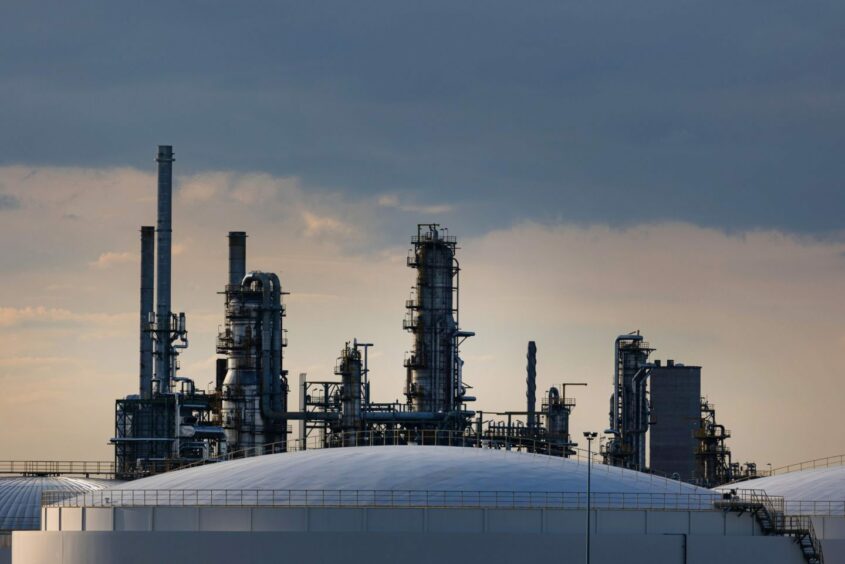
Oil prices edged higher after tumbling around 9% over the previous two sessions, with demand concerns continuing to hang over the market.
West Texas Intermediate futures climbed toward $74 a barrel after capping the biggest two-day decline since March. A surge in Covid-19 cases across China is clouding the near-term demand outlook, overshadowing optimism commodity consumption in the world’s top importer will eventually rebound.
The gloomy start to the year has been exacerbated by thin liquidity, which has left oil futures prone to wild price swings. Investors are also weighing cautious commentary from the Federal Reserve meeting last month, which affirmed its resolve to bring down inflation without slowing the economy too much.
“Warning signs of global recession, China’s lackluster recovery with surging Covid-19 cases, and dampened risk sentiment are all catalysts keeping oil prices in check,” said Jun Rong Yeap, a market strategist for IG Asia Pte.
Oil spreads are signaling ample near-term supply. The gap between the prompt and second-month contracts for WTI and global benchmark Brent are both in a bearish contango structure. That’s despite Russian crude flows being curbed by sanctions following its war in Ukraine.
Prices:
-WTI for February delivery rose 1% to $73.57 a barrel at 7:32 a.m. in London after closing 5.3% lower on Wednesday.
-Brent for March settlement gained 0.9% to $78.54 a barrel.
The industry-funded American Petroleum Institute reported US commercial crude stockpiles expanded by 3.3 million barrels last week, according to people familiar with the figures. Gasoline inventories also increased but supplies of distillates — a category that includes diesel — shrank.
Recommended for you
